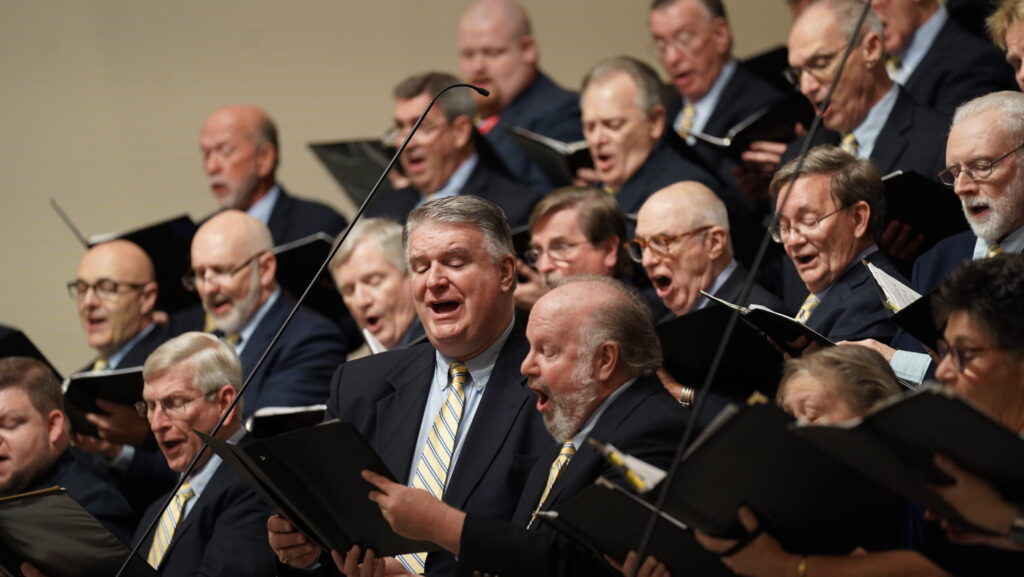By Carrie Brown McWhorter
The Alabama Baptist
Charges of sexual misconduct by high-profile figures in politics, journalism, entertainment and other industries have filled the news lately, with accusations ranging from inappropriate touching to rape.
With so many allegations flooding the media, some may wonder what actions constitute sexual harassment. The U.S. Equal Employment Opportunity Commission (EEOC) defines sexual harassment in the workplace as “unwelcome sexual advances, requests for sexual favors and other verbal or physical conduct of a sexual nature” that affects one’s work and/or work environment. More than 12,000 complaints are filed with the EEOC each year.
While most states have laws against sexual assault and battery, sexual harassment itself is not illegal, though sexual harassment in the workplace does violate federal laws against sex discrimination and victims can sue for civil penalties.
Outside the workplace, Americans see a wide range of behaviors inflicted by one adult toward another as sexual harassment, according to a recent Barna survey.
In a web-based poll conducted Oct. 19–25, 2017, Barna asked respondents to identify specific acts they consider to be harassment.
Overwhelmingly, respondents said sexual harassment is most often about being touched or groped or being forced to do something sexual.
Responses also included someone making sexual comments about someone’s looks or body, sharing intimate photos or videos of someone without their permission, having someone expose themselves to you or being shown sexually explicit photos that you do not wish to see. Each of these responses was more likely to be given by women, though these were top responses by men as well.
More than half of women added other behaviors to the list, including pinching or poking, pushing against you in public transport, persistence in asking someone out on a date after being told no and following a person.
Though half of those surveyed said they had not encountered sexual harassment, 29 percent said they had been, 23 percent said they knew someone well who was sexually harassed and 15 percent said they had witnessed sexual harassment. Among those who report experiencing sexual harassment, women were three times more likely than men to say they have been harassed (42 percent to 16 percent).
Harassment often unreported
Recent allegations also suggest that many cases of sexual harassment and sexual assault go unreported for months, years or even decades. Many cases may never be reported. Here again, the Barna survey seems to support that, as only one-third of those who indicated that they had personally been harassed, had witnessed harassment, or know someone who has been harassed reported those experiences. The primary reason given — victims and witnesses feared they would not be believed (30 percent) or that they would be retaliated against by the offender (25 percent).
Sexual harassment is ubiquitous yet people are still hesitant to report, said Barna Group editor-in-chief Roxanne Stone. Americans also agree on what counts as unwanted sexual behavior, she said, which may lead to a turning point in reporting.
“In the past few months, we’ve seen behavior that historically may have been excused or consciously ignored now being called out as the harassment it is. Perpetrators are being held accountable to those behaviors in a massive court of public opinion. And many are facing true consequences,” Stone said.
Stone also noted #metoo, a social media campaign to increase awareness about sexual harassment and sexual assault, and said the conversation surrounding the movement must continue, calling out churches specifically.
‘Challenging issue’
“Leaders in every level of society — from entertainment to the marketplace to politics to churches — must honestly wrestle with this challenging issue and what it means for their institutions,” she said. “Pastors and spiritual leaders, especially, must be ready to talk with their members: to hear the stories of the victims, to offer counseling services, to speak from the pulpit on the respect and humanization that gender equality really requires. Churches, with a message of brotherly and sisterly love, have an opportunity to be leaders in this disorienting conversation.”
____________________
The Alabama Baptist State Board of Missions (SBOM) resource, “Preventing Sexual Misconduct in Your Church,” is available at alsbom.org/safe. For more information, contact SBOM’s Lee Wright at 1-800-264-1225 x 241.






Share with others: